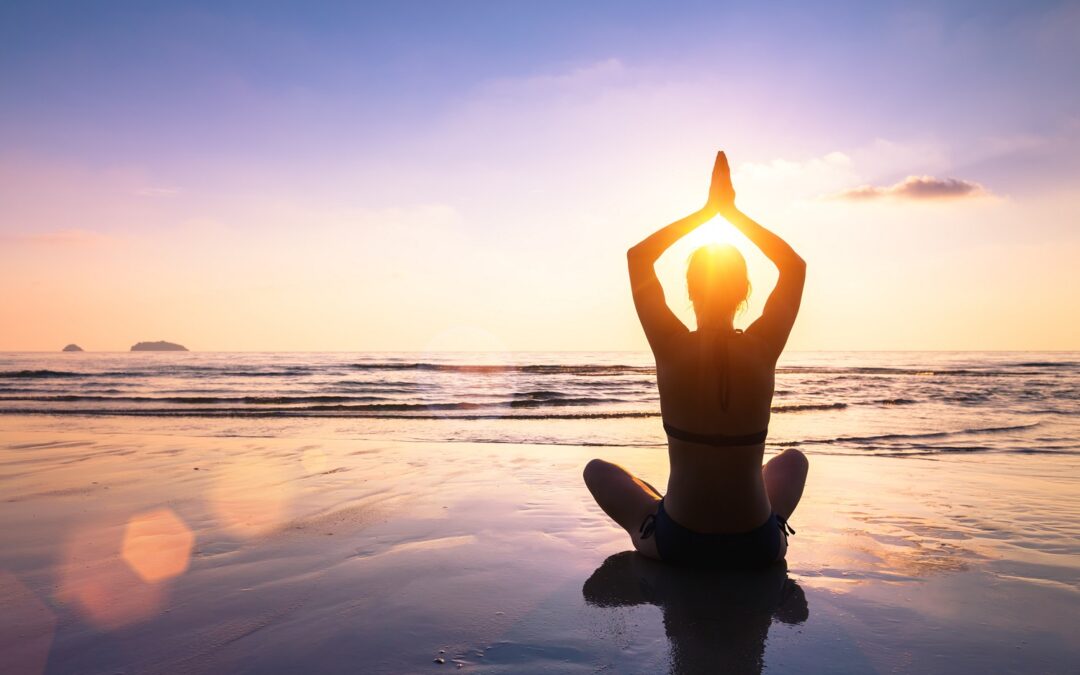
Active Life – Health and Wellness Edition
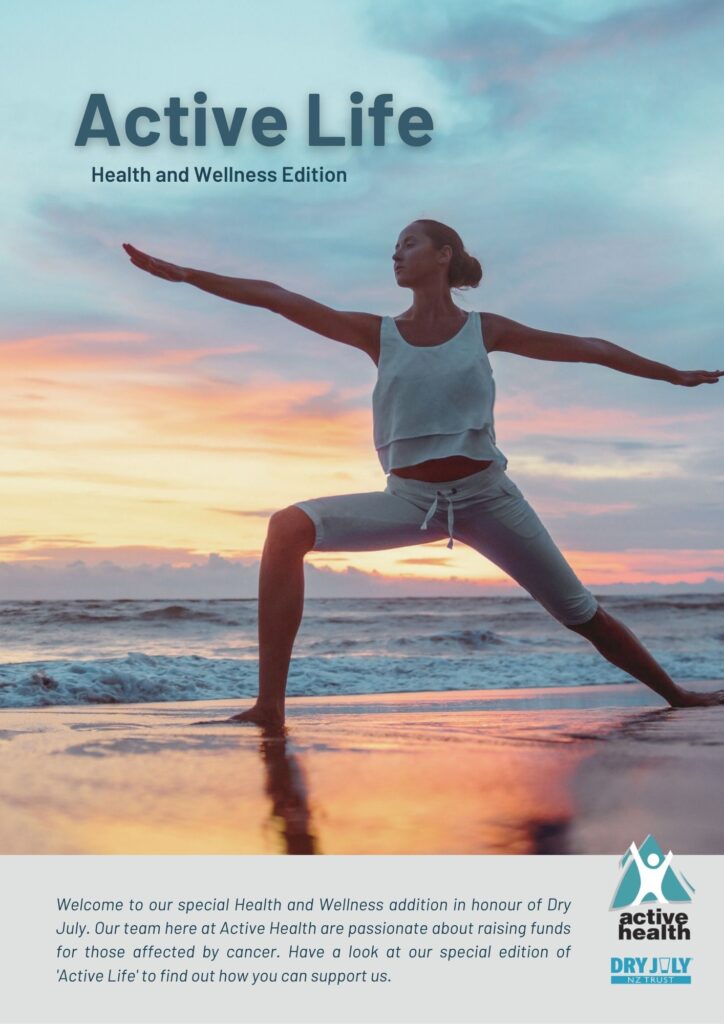
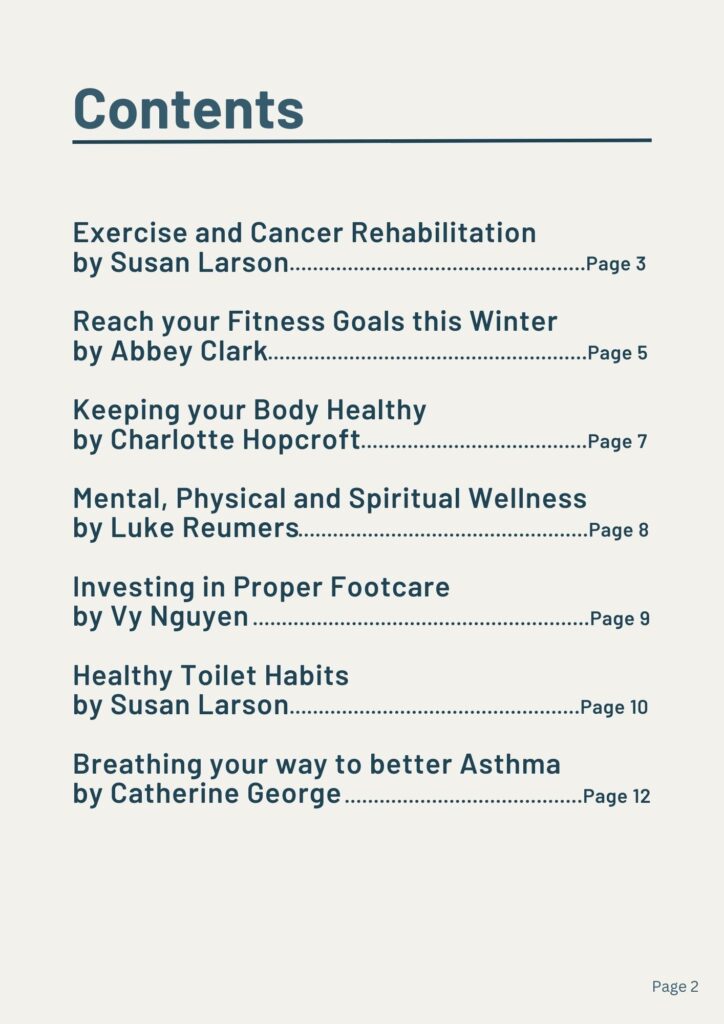
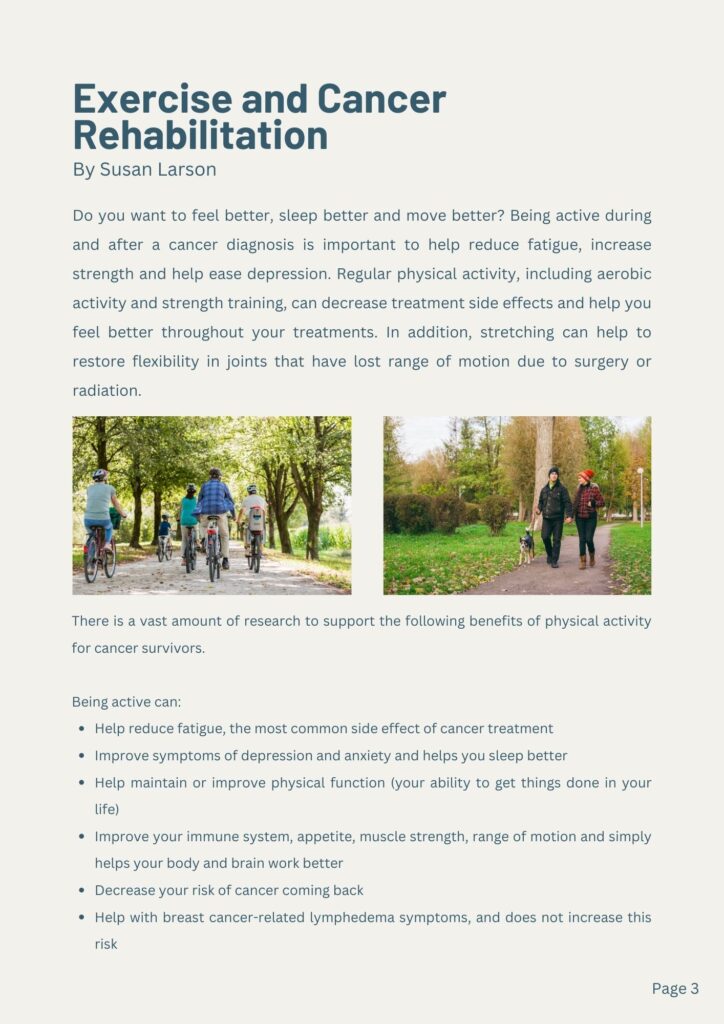
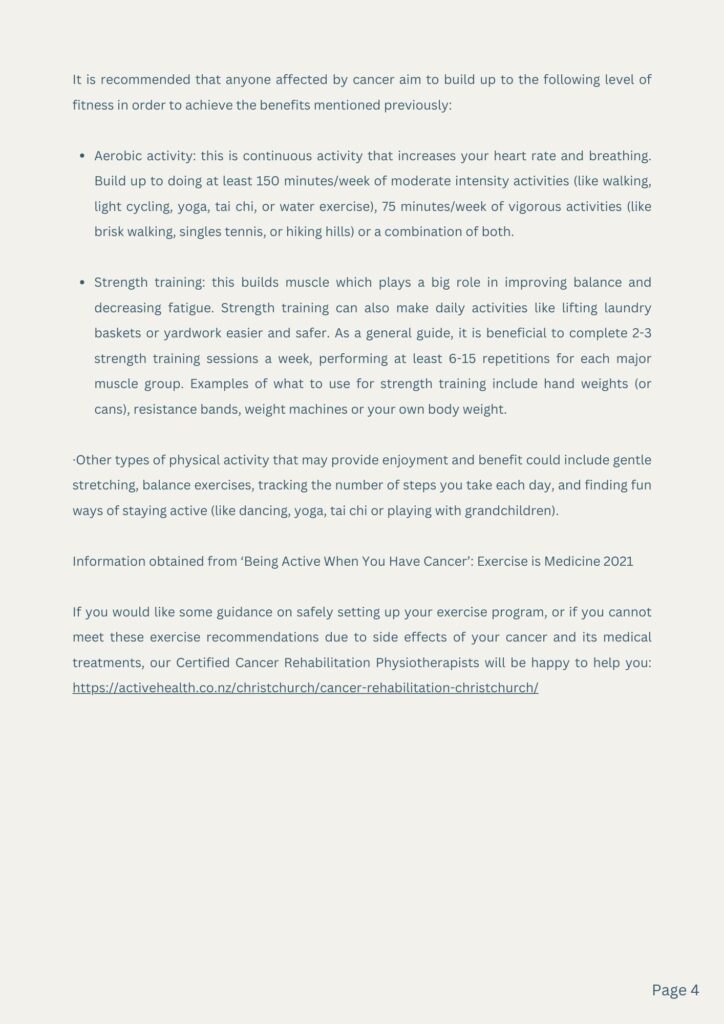
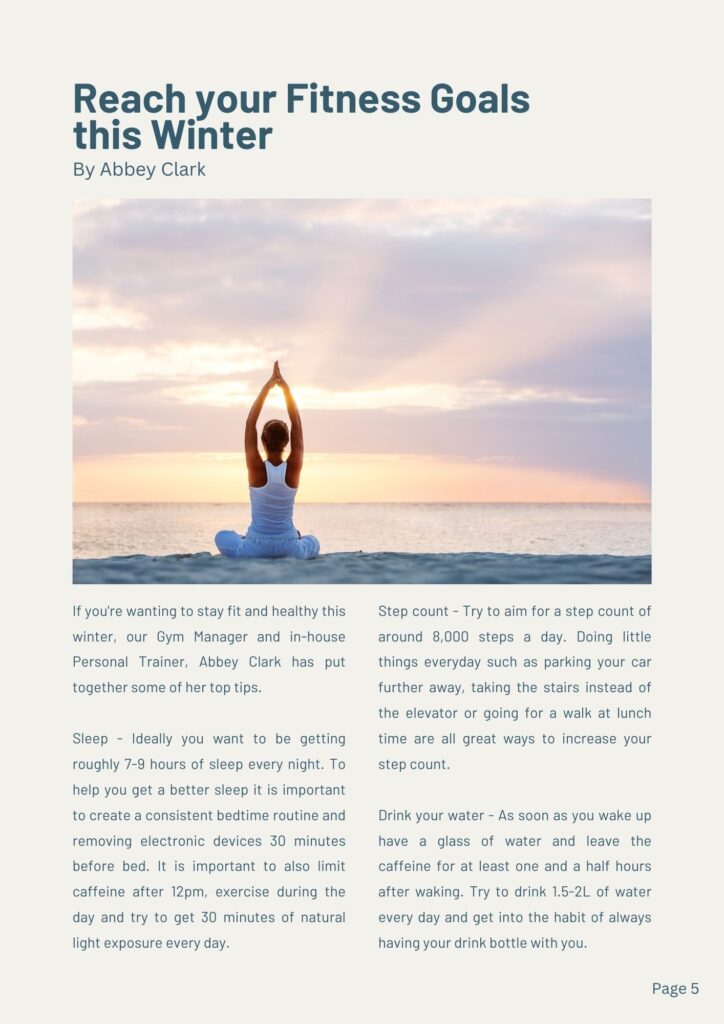
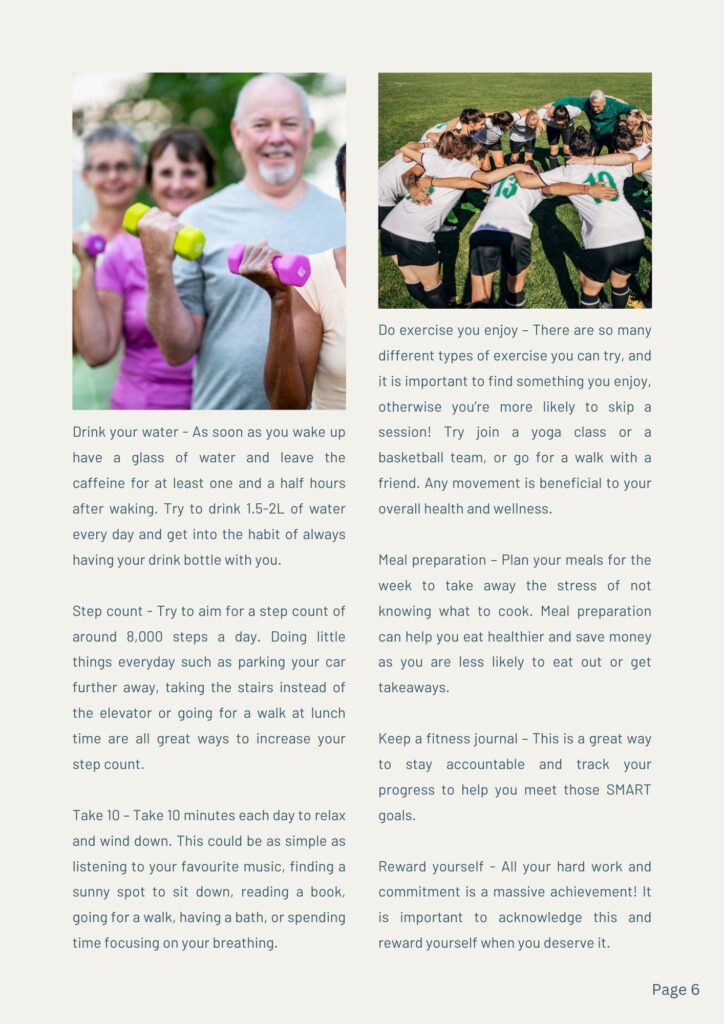
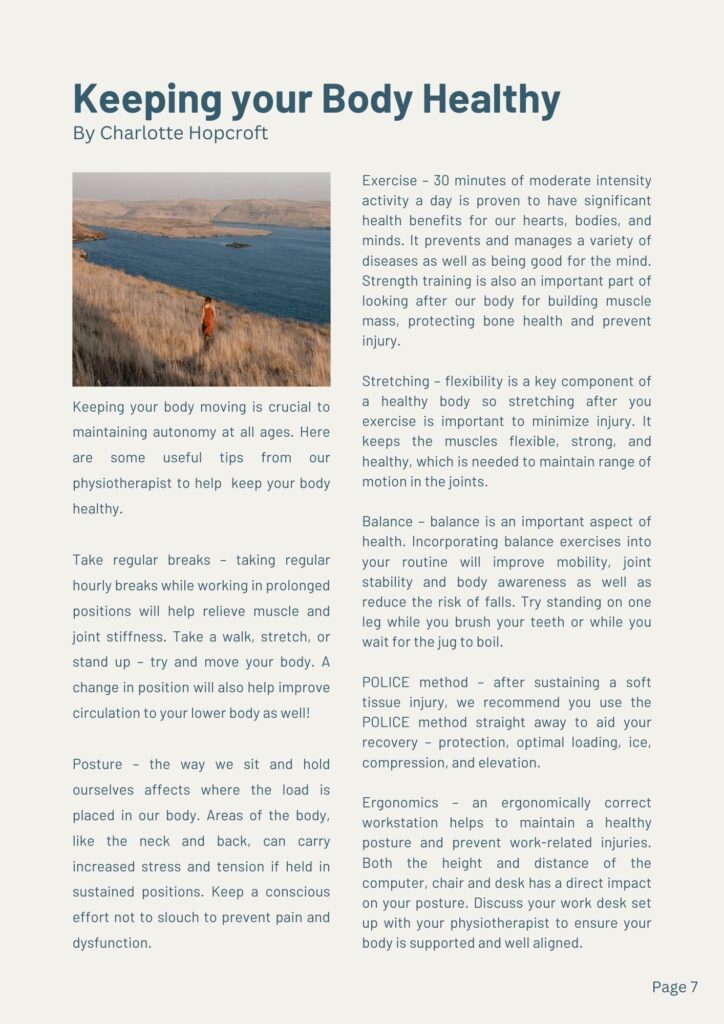
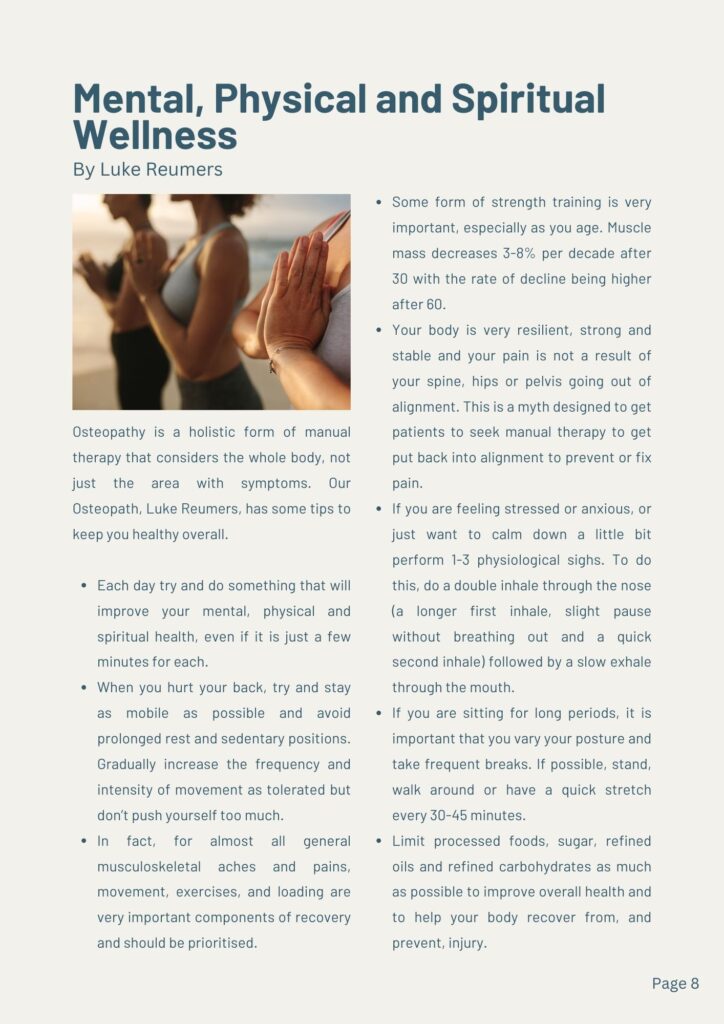
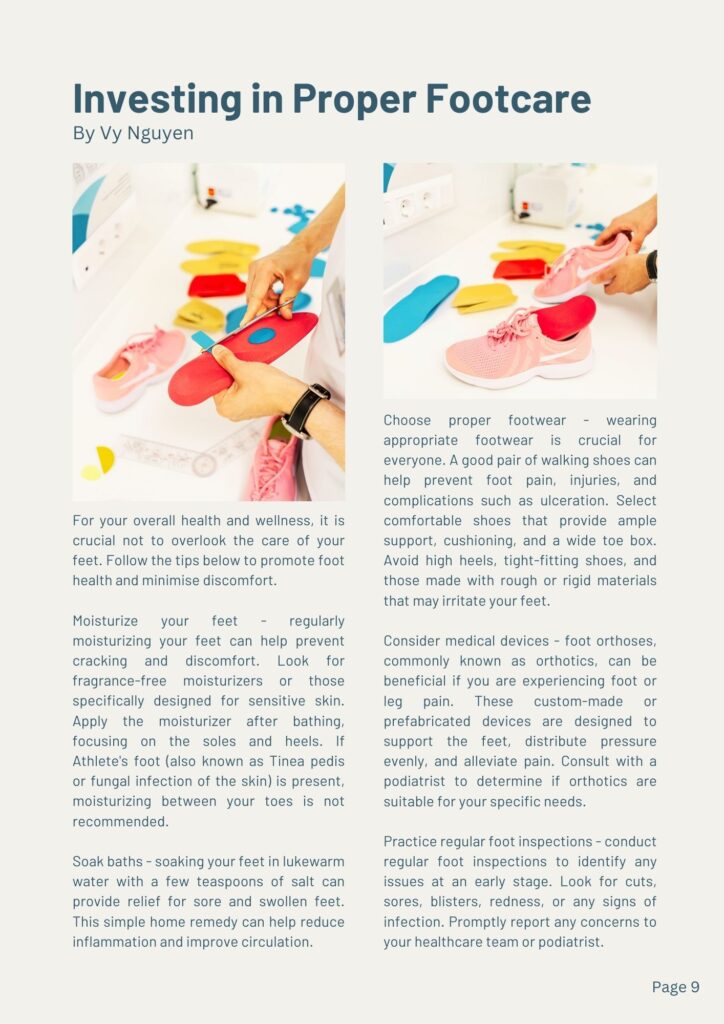
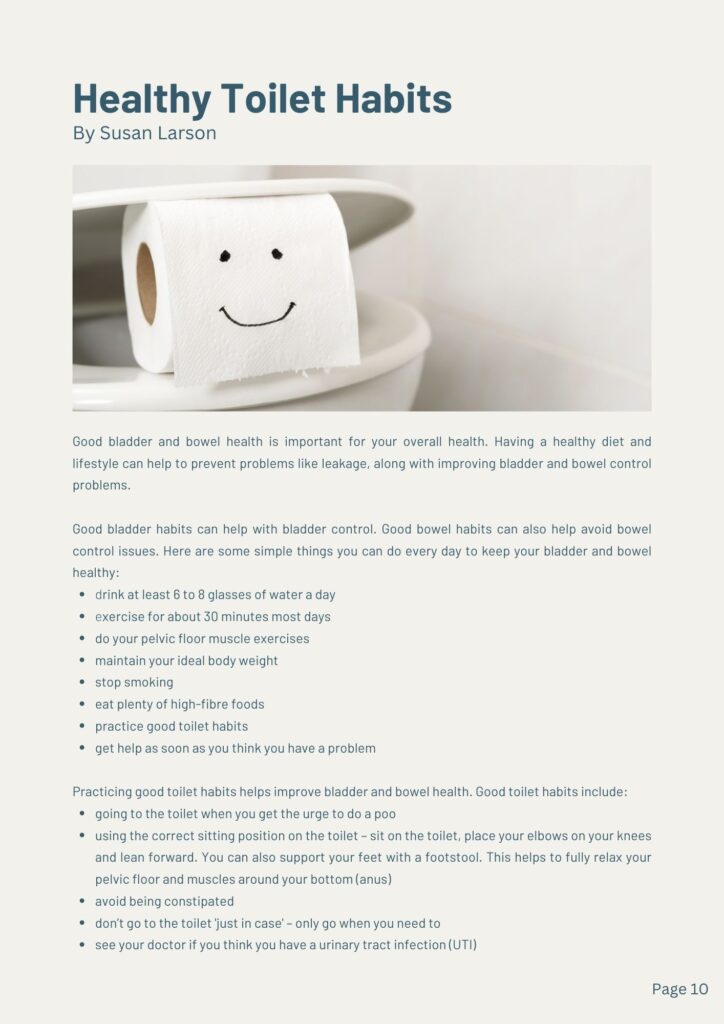
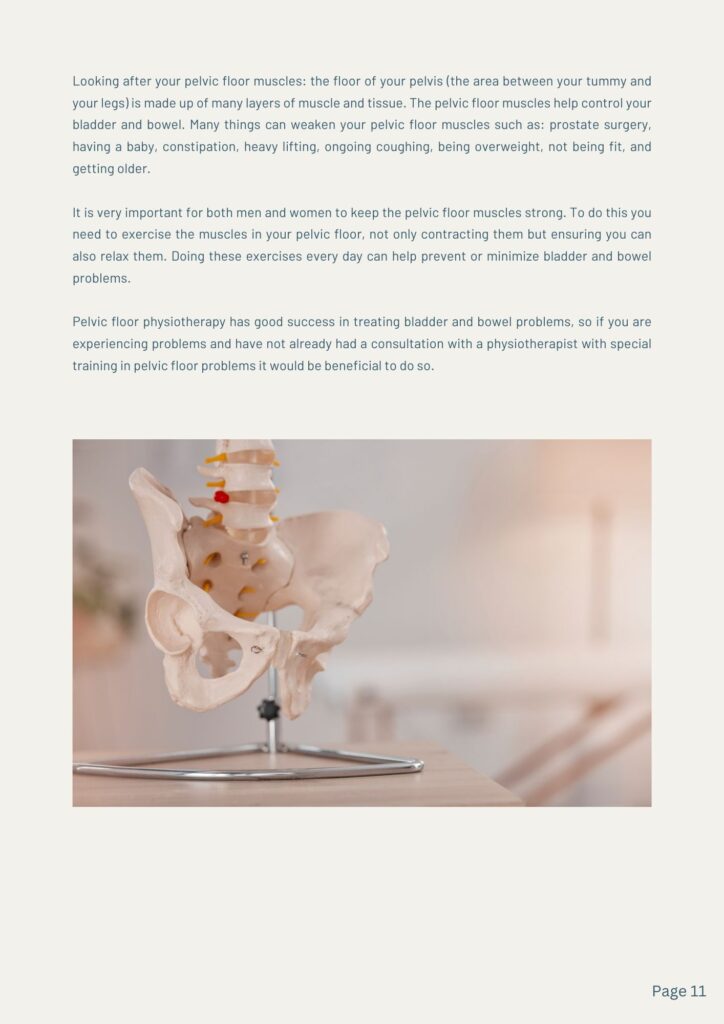
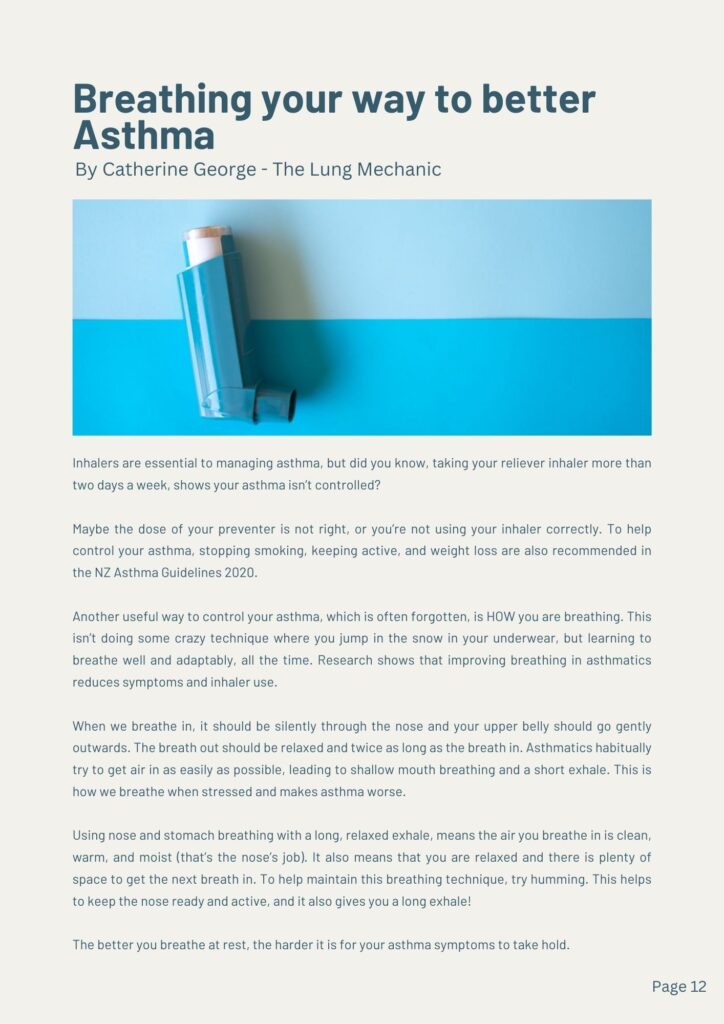















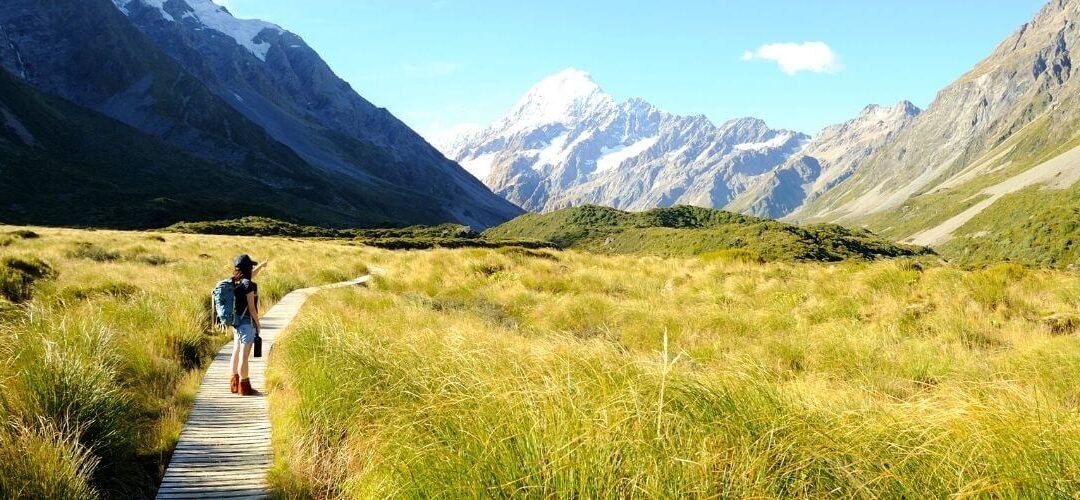
Now that winter is behind us, I am sure everyone is more eager to get out and enjoy the sunshine. Have you been thinking about getting back to some of your favorite hiking tracks or maybe set yourself some new running goals for spring. Well, there are some things you should consider before jumping up and getting into things.
If you have been more sedentary over winter or your schedule hasn’t allowed, you to be as active it is important to have a think about anything that may restrict you getting back out there.
There may be some underlying niggles that you haven’t thought of for a while. Prior to getting started think about your history of injuries and addressing ongoing problems before they impact on your function or get worse.
It is important to get a second opinion if you feel like you aren’t improving or need some advice. Working with one of our physios or podiatrists to assess any ongoing aches and pain, looking at your form and function or giving you some stretches/exercise to target those weaknesses.
Think about any specific braces or supports that you may need or feel more confident with. This may include ankle or knee supports.
If you have an old pair of sneakers, think about getting them updated and also making sure they are appropriate for the terrain. (Hiking – sturdy boots with good ankle support, thicker tread. Long distance running – cushioned footwear with good arch support).
If you are having ongoing foot/ankle/leg pain it would be worth getting a podiatry opinion and possible orthotic fitting.
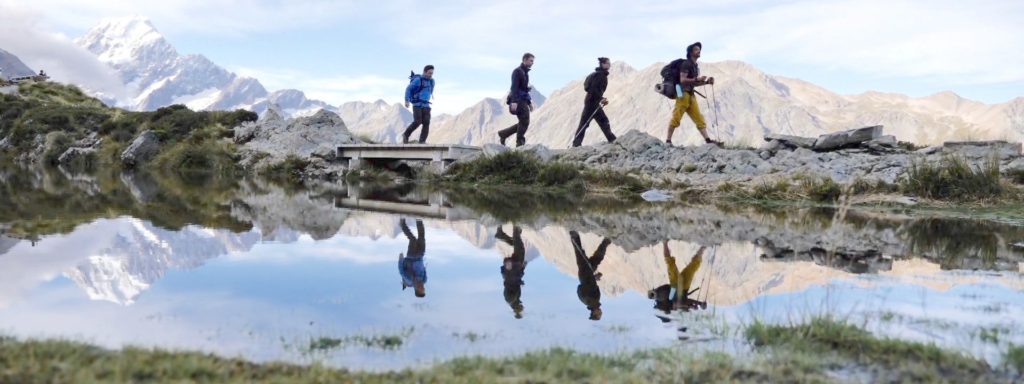
It is important to ease back into things – depending on what you’ve been up to over winter you may need to start with lighter activity and progressively build your strength and endurance.
Start with smaller goals to then build up from. If you need to lower your pace then gradually progress things like your speed, intervals, distance, terrain.
Make sure to give yourself rest periods in between activity. It is important that your body recover from intense exercise.
Before you get going you should give yourself the best opportunity to succeed. This means not only preparing your gear but also your body. Thinking about fueling your body with nutritious food and hydration that will help you get through those longer journeys. Make sure you are well rested and giving enough time between when you were last active. You may want to include an active warm up/stretching before hand to get your muscles engaging. Check out and plan your route too, click here to find some good walking tracks to suit your level of fitness and experience.
There may be some things that you bring with you on longer hikes or runs. This important to keep you fuelled through this activity like more water or food. In case of an injury occurring while you are out it is important you have some way of contacting someone for help. You should also think about having some basic first aid supplies and possibly pain relief depending on the length of your hike/run.
Have fun hitting the hiking and running trails this spring.
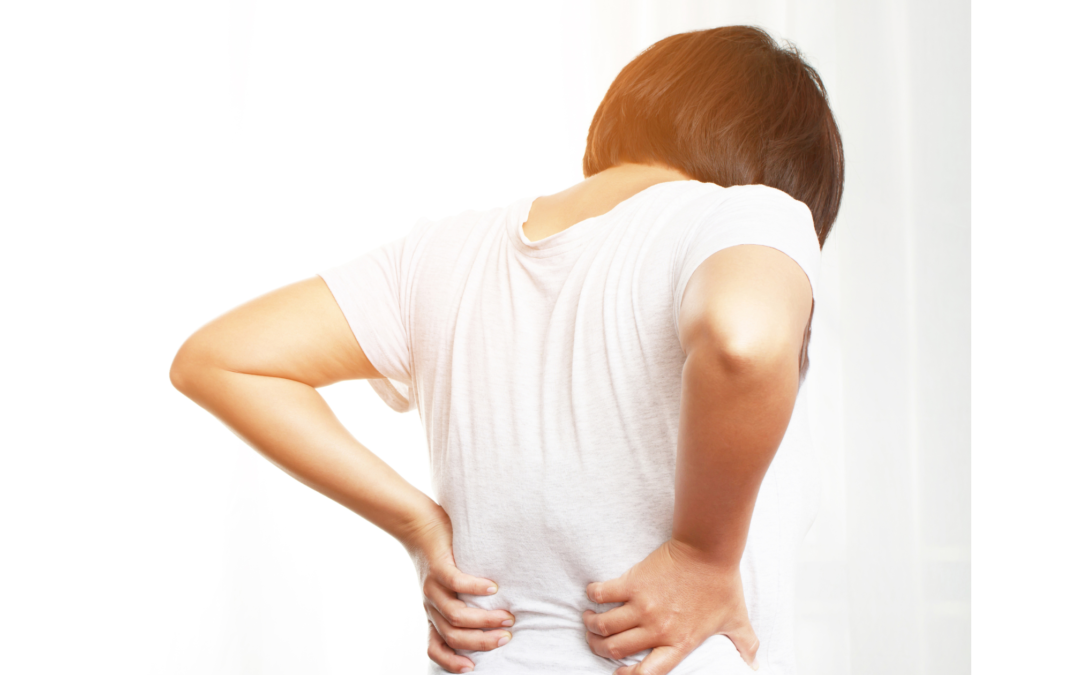
Back pain is something most of us have experienced. It can occur during exercise, from repetitive lifting, or sudden awkward movements. The most common cause of lower back pain is a strain or sprain of the ligaments in the spine. The lower back is especially vulnerable to injury as it carries the weight of the upper body and is involved in twisting, bending movements.
One of them is a lumbar sprain. The lumbar spine is the name of the 5 vertebrae of the lower back leading down into the top of the pelvis. A lumbar sprain occurs when the tough tissues know as ligaments surrounding and joining the bones get overstretched or even torn.
The other common injury is a muscle strain. This is usually known as a pulled muscle and refers to when the muscles are overstretched or overused and start to tear.
Both types of injury have very similar symptoms and require very similar treatment. When the ligaments of muscles are stretched or torn in any injury, it can cause inflammation. The inflammation is a natural response to injury. It is when blood rushes to the injured area to help repair and restore the injured tissue. Other symptoms can include stiffness, pain that worsens with movements, soreness to touch the area, or difficulty standing or moving.
Once you are feeling more mobile and your pain is improving it is a good idea to start stretching.
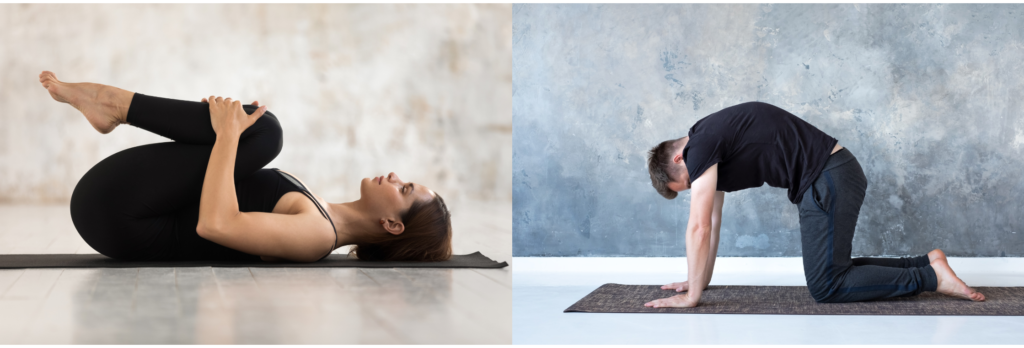
When your back pain is manageable you should work on strengthening your core and back muscles. Any movement is great for blood flow which will help reduce any muscle stiffness. Talk to your physio to help create a core strengthening program to reduce the risk of re-injury and keep you active for life!
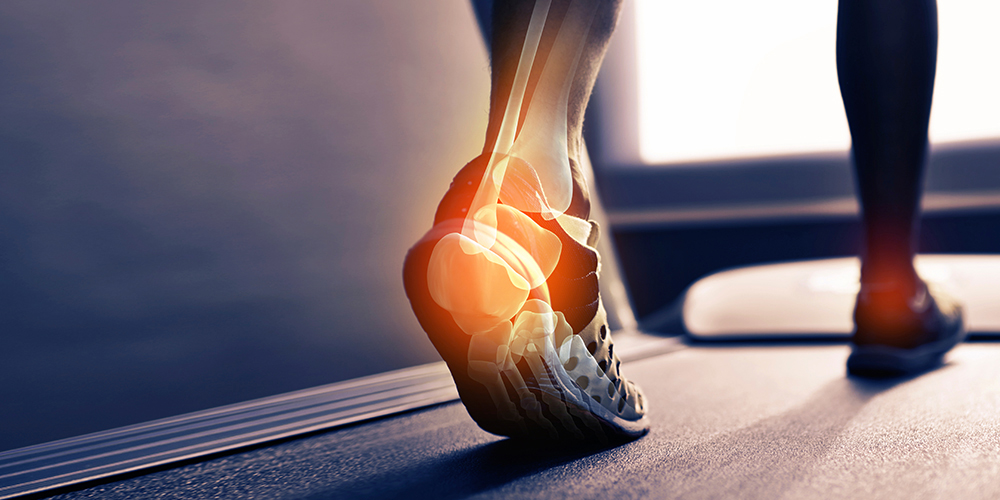
Severs is an acute condition that affects the back of the heel bone around the area where the Achilles tendon inserts. This condition occurs during growth spurts and is most common in children aged between 8 and 14 years old. It crops up mostly in children who play sports like football and soccer. Symptoms include a painful pressure in the heel that is particularly uncomfortable when running and jumping.
Also seen in children with high arched or low arched feet, obesity and sometimes coincides with recent or current growth spurts.
There are a few ways to manage and treat the symptoms of severs disease. The aim is reducing the tension in the back of the heel where the growth plate. A podiatrist can help by assessing any biomechanical issues and check alignment to reduce any tension on the heels. Podiatrists can also assess footwear to make sure the feet are properly supported, especially through the heel cupping. They can also help prescribe stretches the release the tension down the back of the legs and exercises to help strengthen weak muscles and to stabilise the foot.
Seeing a podiatrist is the best way to help combat and treat this painful condition, they can create a personalised treatment plan to best suit your needs and aid your recovery.
Click here to find an appointment in Rangiora.
Click here to find an appointment in Christchurch.
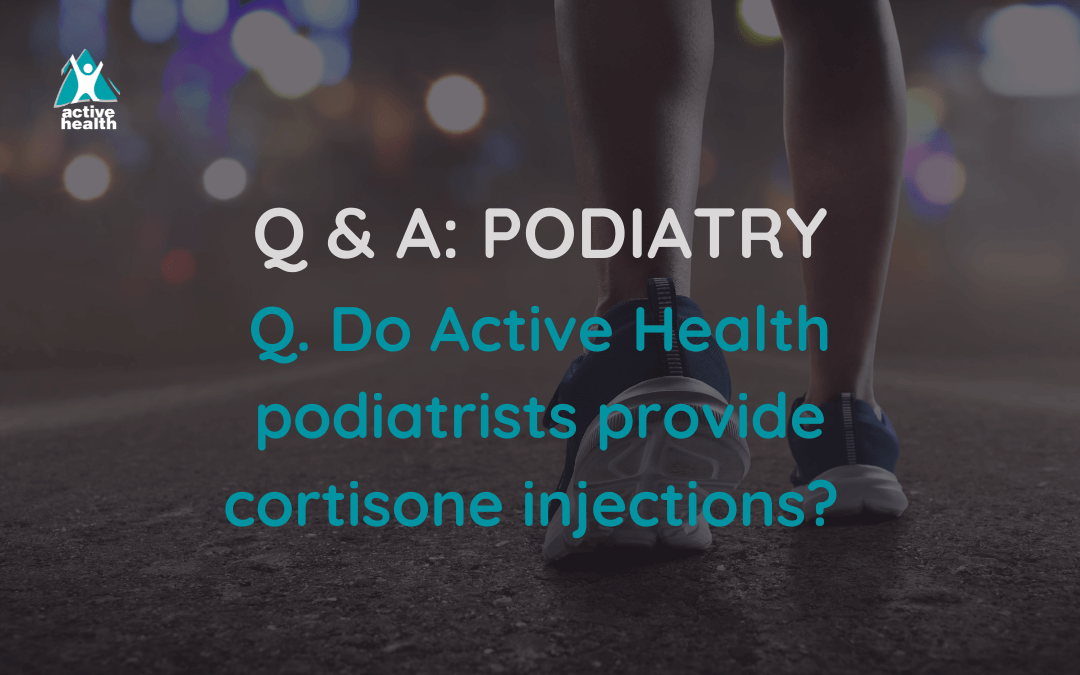
Our Active Health Podiatrists do not provide cortisone injections. These can only be provided by a medical doctor or a podiatrist who has completed the appropriate doctorate degree.
Podiatrists in New Zealand can provide other services such as advice on lower limb injuries, gait analysis, orthotics, and foot care. Our team of Expert Podiatrists are dedicated to providing the best possible care for your feet.
If you have any questions or concerns about your feet and lower extremities, Iand wants advice to book an appointment with one of our highly qualified team members.
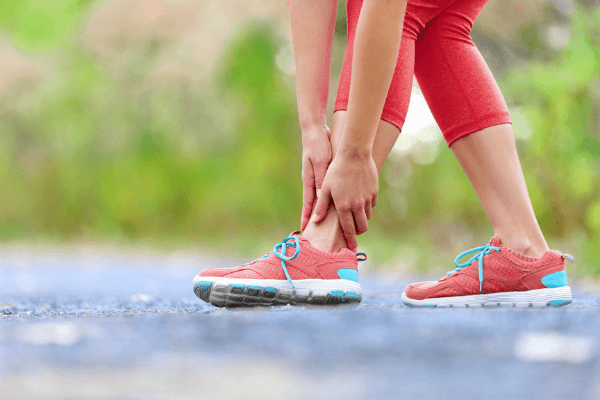
Here is a great video from Simon a podiatrist at Active Health walking you through why you should use an ankle brace for an ankle sprain.
Takeaway:
Looking for a podiatrist? We have podiatrists in Christchurch & Rangiora.
Recent Comments